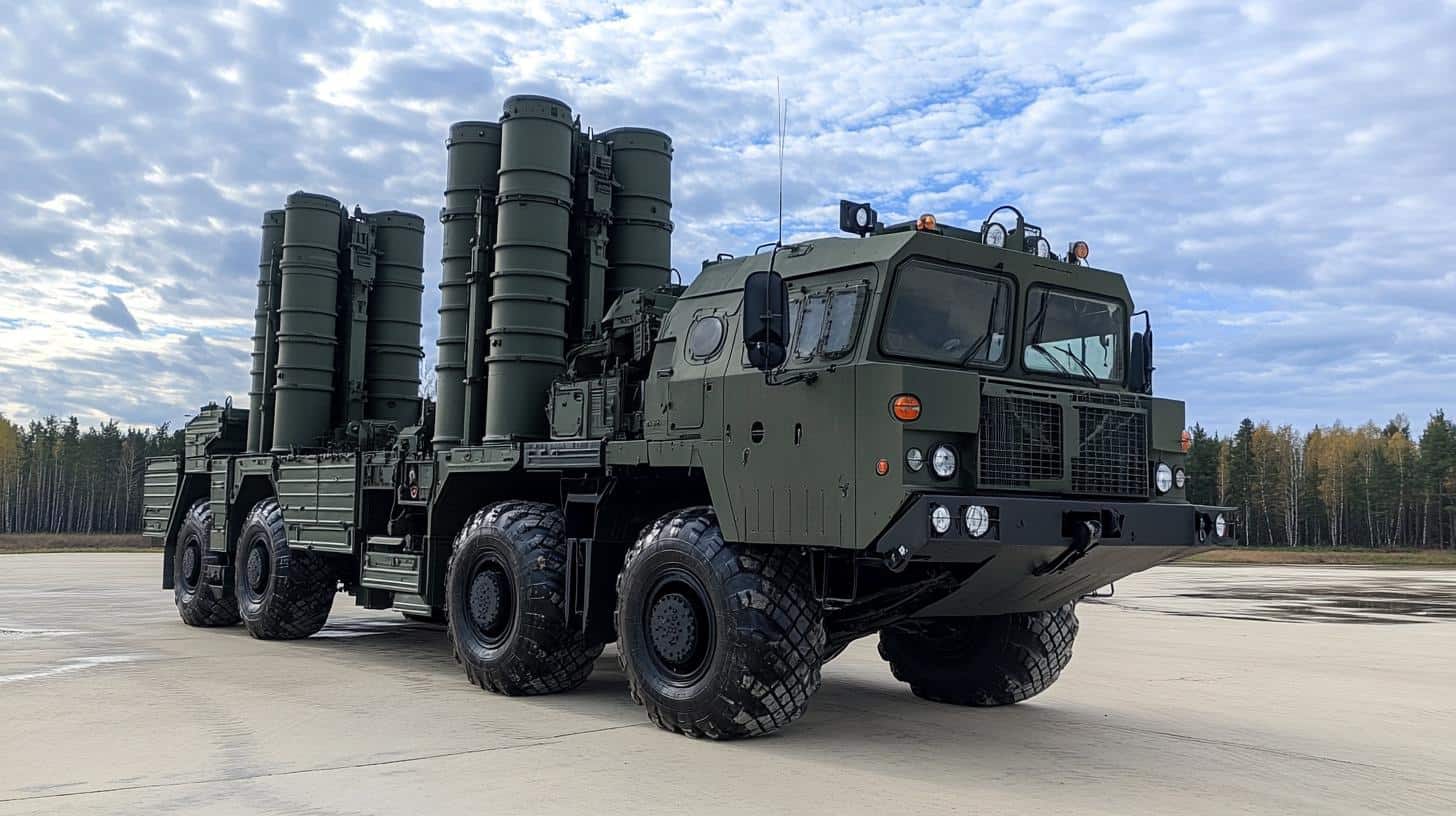Upcoming Deliveries of S-400 Systems
In a recent media interaction, Indian Chief of the Air Staff, Air Chief Marshal Amar Preet Singh, indicated that all S-400 air defense systems procured from Russia would be delivered by next year. India has already received three regiments, and the remaining two are expected by the end of 2025. This development marks a significant milestone in India’s defense capabilities, but concerns persist regarding the geopolitical ramifications of acquiring these systems from Russia.
Evolution and Challenges of the S-400 System
The delivery of the final S-400 unit will complete a process that began over seven years ago. Originally designed to meet evolving threats, the S-400 has been continuously upgraded throughout its service. However, India’s utilization of these improvements may be influenced by geopolitical complexities, particularly U.S. sanctions against nations trading with Russia.
India’s Strategic Options Amid Sanction Threats
India successfully avoided U.S. sanctions under CAATSA due to prior agreements with Russia, yet future acquisitions face uncertainty. The necessity of expanding India’s air defense arsenal is evident, yet balancing U.S. diplomatic pressures remains critical. Domestically, India is fostering its defense autonomy through Project Kusha, aiming to develop an indigenous air defense system akin to the S-400. Although promising, this project remains decades from fruition.
Capability Considerations and Future Pathways
The fate of India’s S-400 acquisition strategy will significantly impact its air defense readiness. With regional tensions and global strategic shifts, enhancing India’s air defense remains paramount. Prioritizing both immediate needs and long-term self-reliance will be crucial in navigating India’s defense future.
The Impact of S-400 Systems on Global Defense Dynamics
The acquisition of S-400 air defense systems by India has stirred considerable discussion and analysis globally. As countries aim to bolster their defense capabilities amidst evolving security challenges, the S-400 systems represent a pivotal element in modern air defense. However, their deployment carries both significant implications and controversies for countries, communities, and international relations.
Enhancing Defense Capabilities
For countries like India, the acquisition of the S-400 significantly enhances their defensive posture. These sophisticated systems provide a multi-layered shield capable of intercepting various aerial threats, from aircraft to ballistic missiles. This capability strengthens national security and acts as a deterrent against potential aggressors. Experts often cite these systems as a game-changer for air defense, leveling the playing field in regions with strategic threats.
Geopolitical Ripple Effects
However, the decision to procure the S-400 from Russia has geopolitical ramifications. The United States, under the Countering America’s Adversaries Through Sanctions Act (CAATSA), has imposed sanctions on countries engaging in major defense transactions with Russia. Though India managed to circumvent these sanctions, the situation underscores the complexity of international defense procurement, impacting diplomatic relationships. Countries must carefully navigate these waters to maintain strategic alliances while enhancing their military capabilities.
Local and Regional Implications
Within India, the addition of the S-400 systems impacts both national and regional security dynamics. It reassures the populace of improved defense mechanisms, potentially shifting defense priorities and public spending. Regionally, neighboring countries might perceive this enhancement as a shift in military balance, possibly leading to an arms race or changing diplomatic strategies. Communities close to strategic locations, where these systems might be deployed, could experience economic and developmental changes due to the military presence.
Controversial Collaborations and Technology Transfers
The procurement process also sparks debate around the collaboration with foreign powers and technology transfer. Critics argue that reliance on foreign defense systems hinders domestic technological development. However, partnerships also offer opportunities for technology exchange, which could eventually benefit local industries. India’s Project Kusha demonstrates an attempt to innovate domestically while drawing inspiration from foreign technology.
Future Directions and Challenges
Looking ahead, India’s procurement and deployment of the S-400 will shape its defense strategy well into the future. Balancing immediate security needs with long-term self-reliance remains a critical challenge. The ongoing development of indigenous defense systems, like Project Kusha, illustrates India’s commitment to eventually reduce dependency on foreign entities.
For more information on global defense dynamics and policy, readers can explore resources from Defense News and Janes.
As nations continue to enhance their defense capabilities; the balance of power, right to self-defense, and geopolitical relationships will remain central to the international discourse. The S-400 systems, while enabling extensive defense coverage, also exemplify these broader tensions and challenges within the global community.







